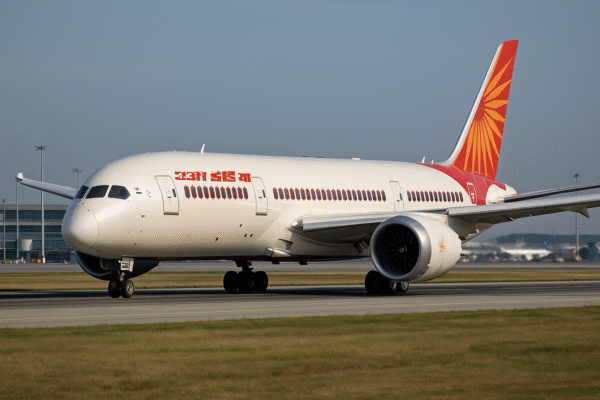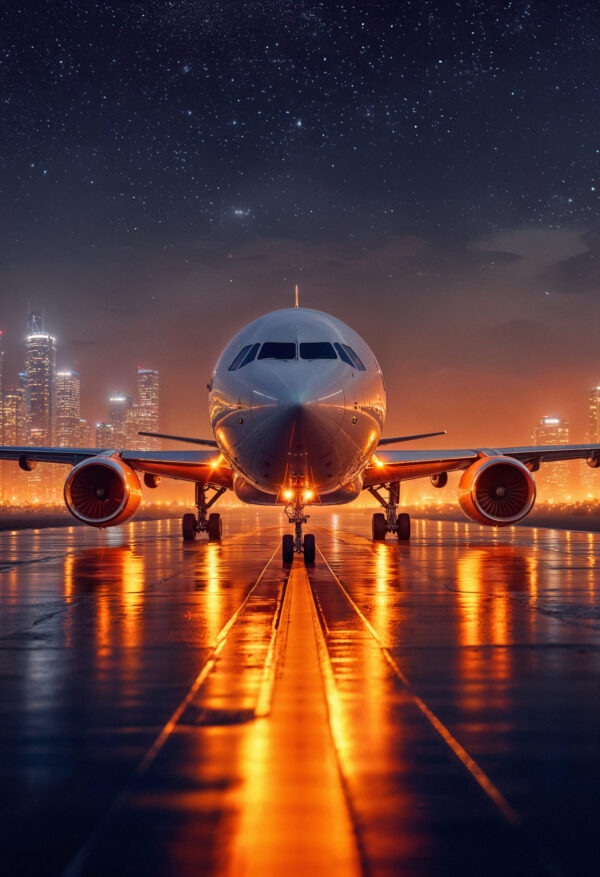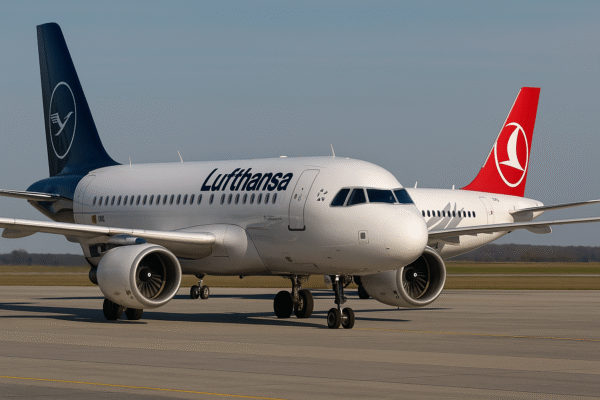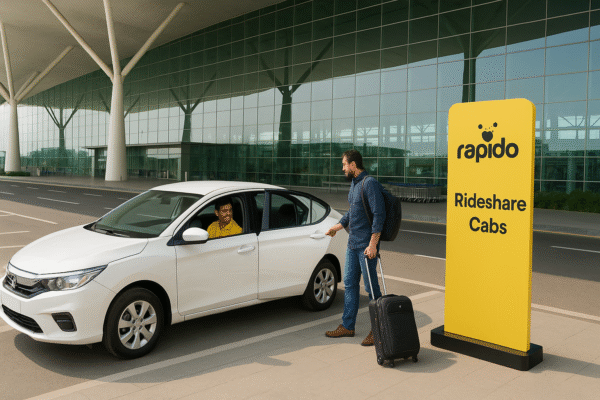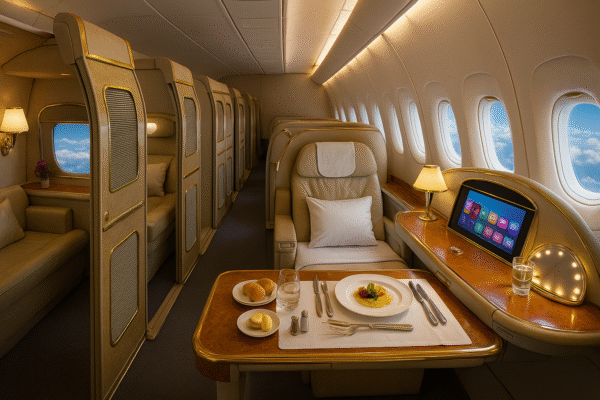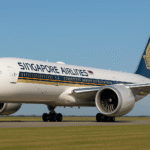Global Surge in Premium-Class Air Travel Boosts Luxury Tourism Growth in 2024
As the aviation industry rebounds post-pandemic, premium-class travel is taking center stage in the global tourism recovery. The latest World Air Transport Statistics (WATS) 2024 report, released by the International Air Transport Association (IATA), reveals a significant shift in traveler preferences toward luxury and comfort. This trend is reflected in the notable 11.8% growth in premium-class travel in 2024—outpacing the 11.5% rise in economy class travel.
The resurgence of high-end travel highlights not only the revitalization of the tourism sector but also signals an increasing demand for exclusive travel experiences, particularly among affluent travelers and corporate elites.
Premium-Class Travel: A Driving Force in Global Tourism
Premium cabins—comprising business and first class—are no longer just a luxury but a growing standard for travelers seeking privacy, space, and bespoke services. In 2024, IATA recorded 116.9 million international premium-class travelers, constituting 6% of global air passengers. While this is a modest share by volume, it represents a significant share of airline revenues, given the premium ticket pricing.
This surge aligns with broader tourism trends where travelers are favoring more personalized, luxurious, and wellness-focused journeys. As tourism continues to bounce back, the importance of comfort and exclusivity in air travel is becoming a key differentiator.
Regional Premium-Class Travel Trends
According to the IATA report, the Asia-Pacific region emerged as the fastest-growing market for premium air travel in 2024, with a 22.8% increase—accounting for over 21 million premium passengers. This regional boom reflects a rising middle and upper class with increasing disposable income and a strong appetite for international travel post-lockdown.
Interestingly, economy-class growth in Asia also soared by 28.6%, indicating that the demand for travel, in general, remains robust. Despite this, the premium market remains a lucrative segment, particularly as Asian carriers and airports continue investing in next-generation cabin products and luxury terminal lounges.
Europe, however, retained its dominance as the largest premium-class market, serving over 39.3 million passengers in 2024. The continent’s strong corporate travel base, tourism ties, and proximity to affluent markets bolster its leadership in luxury air travel. The Middle East stood out with the highest share of premium travelers at 14.7% of its total passenger base, showcasing the region’s deep-rooted luxury tourism culture.
Airlines Elevating the Premium Experience
Several world-class airlines are leading the evolution of premium air travel through unparalleled service and innovation. These include:
- Emirates (Dubai): Known for its first-class suites on the Airbus A380, Emirates offers enclosed cabins, in-flight shower spas, and onboard lounges that redefine luxury.
- Singapore Airlines: The airline’s A380 Suites feature separate lie-flat beds, private wardrobes, and Michelin-starred gourmet meals, offering travelers the experience of a flying hotel room.
- Qatar Airways: The award-winning Qsuite in business class transforms into a private room with sliding doors, a double bed option, and customizable dining.
- Etihad Airways (Abu Dhabi): The ultra-exclusive “The Residence” features a private three-room suite with a living room, separate bedroom, and a private bathroom.
These airlines are setting global benchmarks by offering experiences that go far beyond transportation—blending comfort, privacy, and prestige with cultural hospitality.
What’s Fueling the Demand for Premium Class?
There are several compelling factors behind the rise in premium air travel:
- Superior Comfort and Space: Lie-flat beds, privacy partitions, and spacious seating offer an unmatched level of comfort, especially for long-haul travelers.
- Prestige and Exclusivity: Flying premium is increasingly viewed as a status symbol, appealing to business leaders and high-net-worth individuals.
- Efficient Services: Priority boarding, fast-track security, and concierge-level ground support enhance the overall travel experience.
- Gourmet Dining and Entertainment: Premium passengers enjoy chef-curated meals, luxury wines, and an extensive catalog of entertainment options.
- Wellness and Privacy: In-flight showers, spa amenities, and private suites cater to travelers seeking rest and rejuvenation in the skies.
Premium Travel and Its Impact on Tourism
The growth in premium air travel is having a ripple effect on the broader tourism industry. Luxury hotels, resorts, and destinations are now tailoring their services to accommodate these high-end travelers. From private island experiences in the Maldives to curated cultural escapes in Europe, the tourism sector is reshaping itself to meet the expectations of this elite clientele.
Airports too are evolving—introducing VIP terminals, chauffeur services, and ultra-luxurious lounges equipped with wellness centers, fine dining, and private check-in counters.
Outlook for 2025 and Beyond
With airlines aggressively expanding their premium offerings and airports investing in elite passenger services, the premium travel trend is set to gain even more traction in 2025. According to IATA forecasts, this sector will continue to be a critical revenue driver and a cornerstone of the growing global tourism industry.
As international borders remain open and business travel rebounds, the desire for comfort, exclusivity, and seamless experiences is expected to become the new normal for discerning travelers.
For more travel news like this, keep reading Global Travel Wire









